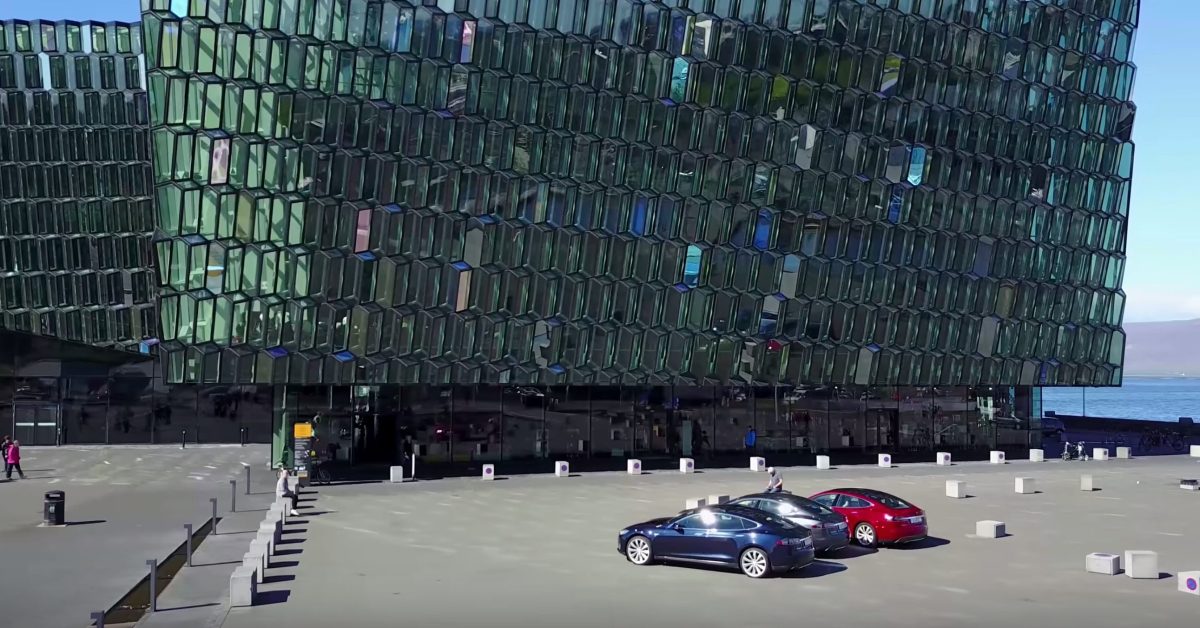Energy by accident
Geothermal energy in Iceland happened by accident. In 1907, a farmer in west Iceland took steam from a hot spring that ran below his farm through a concrete pipe and into his house several metres above. A few years later, another farmer became the first Icelander to use hot spring water for heating, and extensive distribution of hot water to heat homes began in the capital in 1930.
Icelanders began to harness their natural powers into the 1940s, but was still getting 75% of it energy from coal until the oil crisis of the 1970s forced it to change its energy policy. With rising costs, the government moved its focus from oil to hydropower and geothermal heat. It put funding and resources into searching for new geothermal resource areas, and built new heating services and transmission pipelines from thermal fields into towns, villages and farms.
"When the oil crisis receded in the 1980s all the interest other countries had shown in renewables disappeared and they fell back on their oil-reliant ways," says Einar Karl Haraldsson, the chief political adviser to the Icelandic foreign ministry. "But we continued to make progress in renewable energy development and now Icelanders are going to reap the benefits."
The economic savings gained by switching from oil to geothermal energy – an estimated $8.2bn over 30 years - have contributed significantly to Iceland's prosperity – transforming it from one of the poorest countries in the EEA to one of the most productive in the world in terms of GDP per capita and quality of life rankings.
Digging deeper
Geologists say that Iceland has barely scratched the surface of its geothermal energy potential. The country's National
Energy Authority estimates that only 20-25% of the technically and environmentally feasible hydropower, and only 20% of the conventional geothermal potential available for electricity production in Iceland, have been harnessed.
Albert Albertsson, the deputy chief executive officer at Iceland's Resource Park, which includes the Blue Lagoon hot springs and one of the country's largest geothermal power stations, says that while no one knows how much energy could be eventually harnessed, it could be possible that all the energy needs of the northern hemisphere could be met by Iceland.
"What you've got to remember is that we've been working on this for less than 30 years," he said. "We really have only harnessed a tiny fraction of the potential energy."
The government has embarked on a research project at the Resource Park to drill boreholes down to greater depths of around 5km, which would yield far greater power than the conventional bores which only reach depths of 2-3km.
"The water pumped into those bores will reach an unbelievable pressure and deliver four to five times the power yield of conventional bores," added Haraldsson.
The energy sector in Iceland is expanding continuously, and the country is now exporting expertise in this field. New hydroelectric power stations are under construction and there are plans for five or six more. Electricity produced from geothermal sources is expected to double by 2010, but the government is being careful to balance economic needs against any environmental impact.
However, in terms of business, new industrial users that harness geothermal energy on a large scale have not yet emerged in spite of the high potential.
The country's substantial aluminium manufacturing sector has moved to using geothermal energy to power its smelting process, and natural resources are also used in the processing and production of salt, seaweed, pet food and fish farms and to heat the greenhouses that grow the island's fruit, vegetables and flowers. The tourism economy has also benefited, with more people coming to visit and bathe in the hot springs.
But Iceland's remote location means that even if it does tap into more of its natural energy resources, it has no way of exporting it. And so it has embarked on a drive to attract more industries to its shores that can exploit its supply of green and cheap energy.
Article of “Iceland's energy answer comes naturally”
by
Jessica Allred
Tue 22 Apr 2008 10.57 BST



